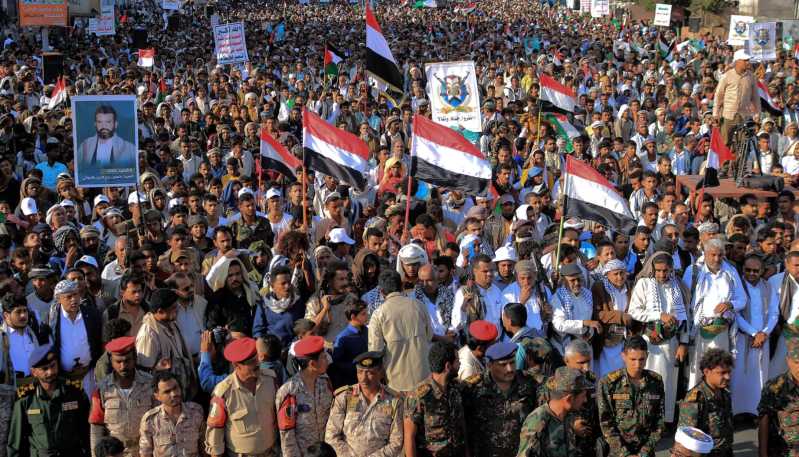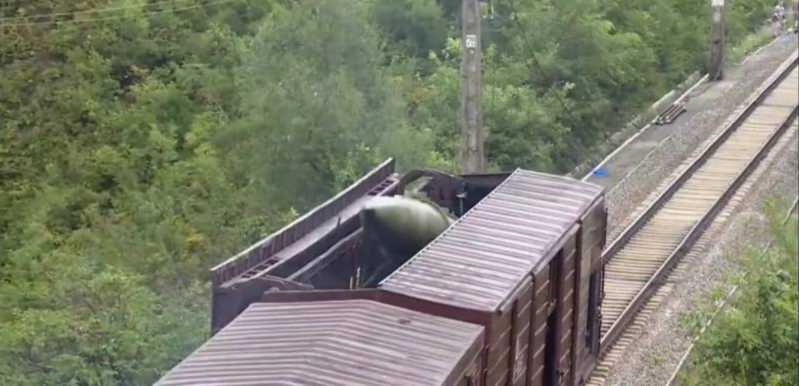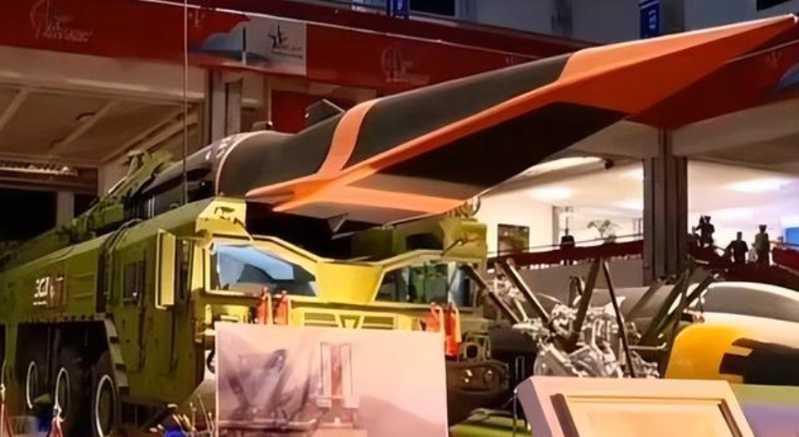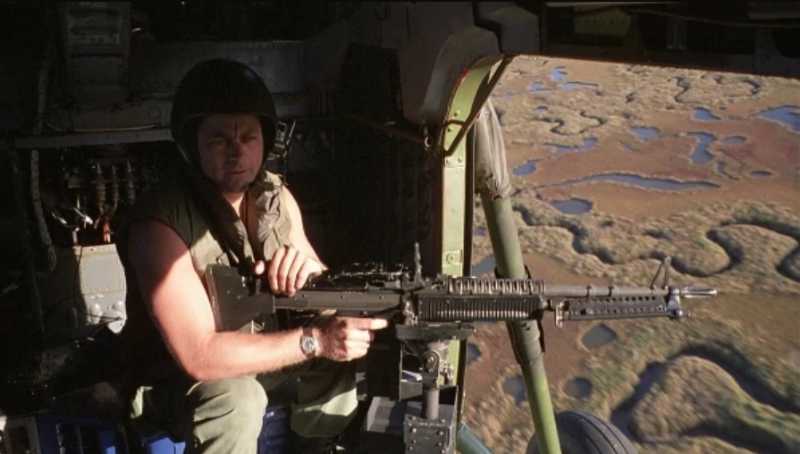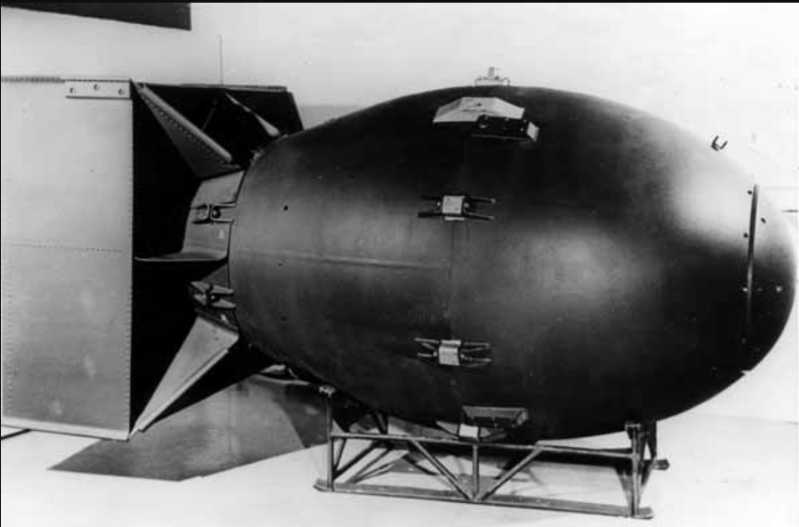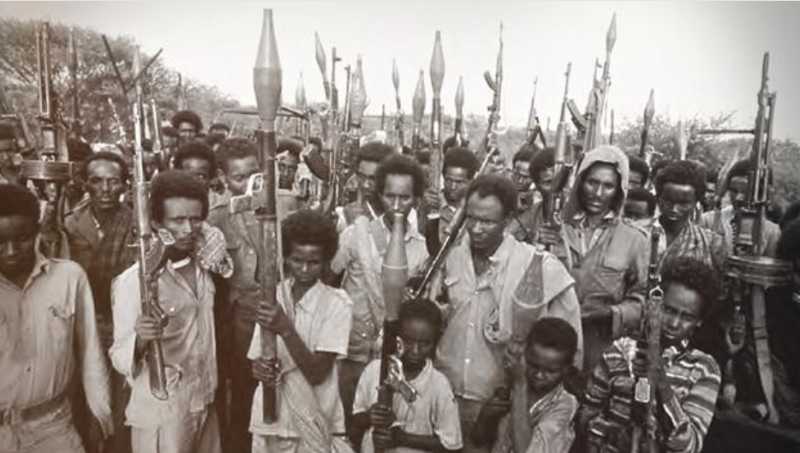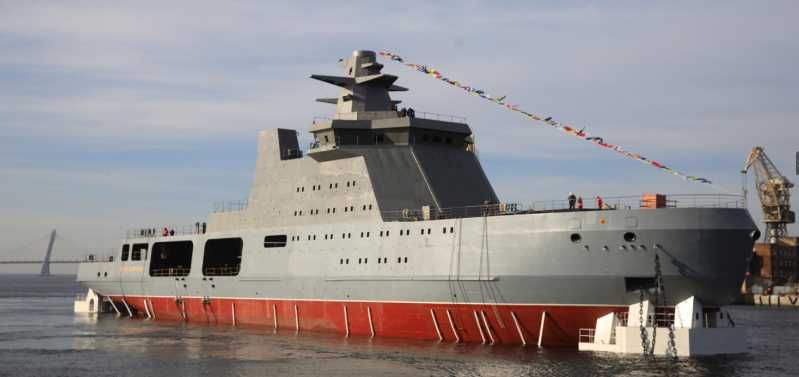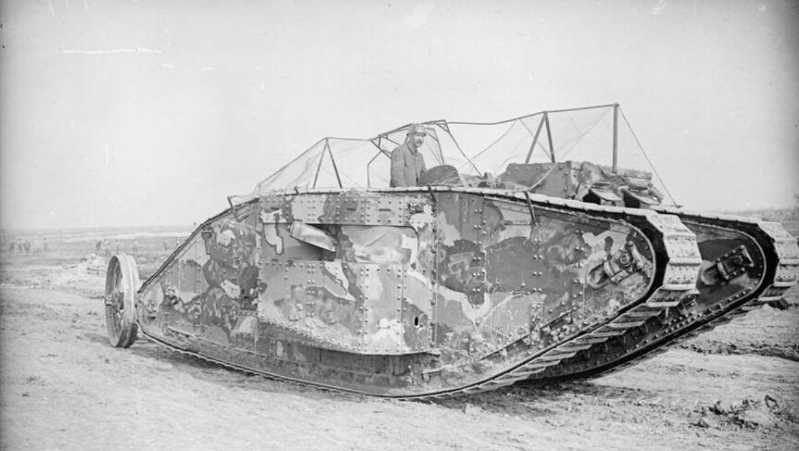On January 12, the Yemeni Houthi armed forces confirmed that Sanaa, Hodeidah, Saada, Zamar and other places in Yemen were attacked by the US and British forces, including the Dairami Air Force Base in the north of Sanaa and near Sanaa International Airport, the Zabid area in the south of Hodeidah, the Hodeidah Airport in the south of Hodeidah, and the Kahran Base in the east of Saada.
After that, the United Kingdom and the United States sent fighter jets to launch air strikes on military facilities such as airports, military camps, and naval bases in Yemen for several consecutive days in an attempt to destroy the Houthi armed forces that endanger the safety of the Red Sea shipping lanes. Some commentators said that the fundamental reason for the British and American strikes against the Houthi armed forces can be traced back to the new round of Palestinian-Israeli conflict that broke out in October last year, which is one of the most significant proofs of "conflict spillover".
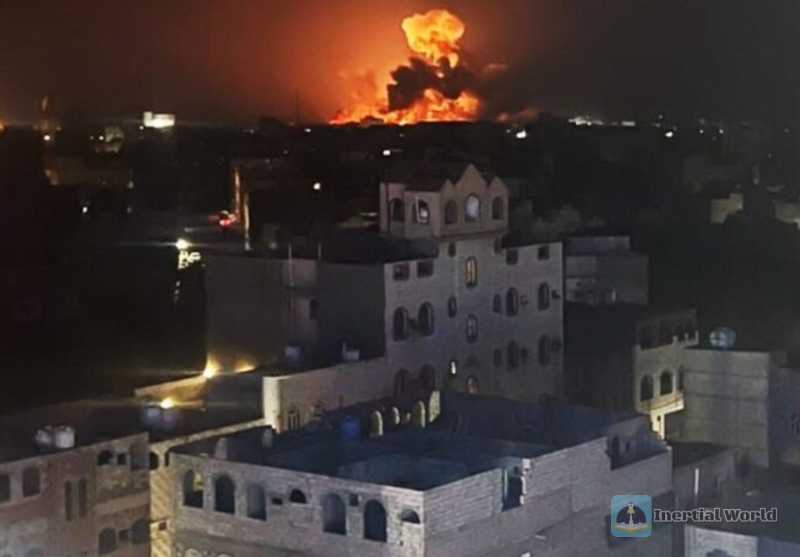
Conflict situation
After the first round of airstrikes, US President Biden issued a statement saying that the US military had attacked multiple targets of the Houthi armed forces in Yemen. The UK participated in the strike, and Australia, Bahrain, Canada and the Netherlands provided support. He said that the strike was a "direct response" to the Houthi armed forces’ continued attacks on international merchant ships traveling in the Red Sea, including the attack "against US ships" on the 9th. These attacks put US and partner country personnel in danger, jeopardized international trade and posed a threat to freedom of navigation. If necessary, the United States will take further measures.
US Secretary of Defense Austin said that "the attack targeted the Houthi armed forces’ drones, unmanned boats, land-based cruise missiles, coastal radars, and air surveillance capabilities." The US Central Command also released a video on social media showing multiple F/A-18 fighters taking off from the USS Dwight D. Eisenhower to carry out air strikes on Yemen. The British Ministry of Defense also released a video showing multiple fighters and aerial refueling tankers taking off from Cyprus to carry out air strikes on Yemen. It can be seen that the UK dispatched multiple Typhoon FRG4 fighters carrying Paveway 4 precision-guided bombs. In addition to sending fighters, the United States also launched Tomahawk cruise missiles from warships to launch long-range strikes on logistics centers, air defense systems and weapons storage sites related to the Houthis in Yemen.
After the US and UK launched air strikes, Hussein Ezi, head of the diplomatic department of the Yemeni Houthi armed forces, posted on social media that the US and UK will "pay a heavy price" for air strikes on Sanaa and other places, saying "We are suffering from large-scale aggression by US and UK warships, submarines and fighter jets. The US and UK will undoubtedly pay a heavy price for this and bear all the terrible consequences of blatant aggression." Ali Kahum, a member of the Houthi armed political office, said on social media that "the counterattack from Yemen will not wait too long, and the armed forces are fighting fiercely with British and US warships in the Red Sea."
In retaliation for the British and US air strikes, the Houthi armed forces fired missiles at US warships and cargo ships in the Red Sea. The Associated Press reported on January 15 that the Yemeni Houthi armed forces launched an anti-ship cruise missile at a US destroyer in the Red Sea on the 14th, but a US fighter jet shot it down and the warship was not damaged. This is the first time that the United States has admitted that its warships have been attacked. The Houthi armed forces have even stated that all US and British warships have been included in the strike range.
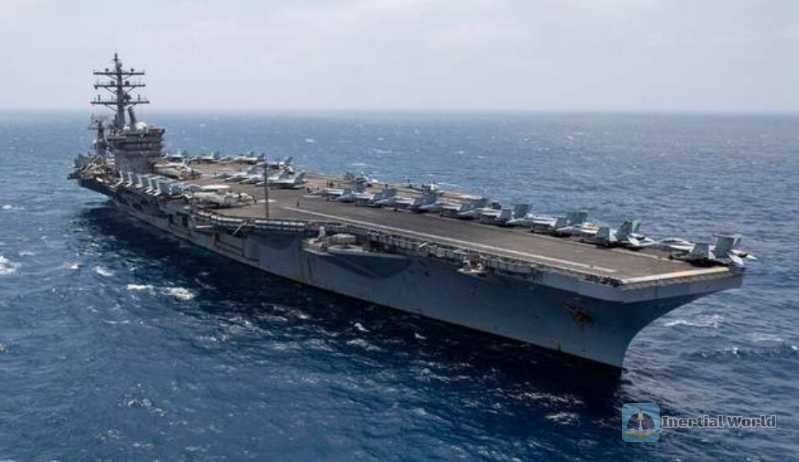
Afterwards, a cargo ship "Gibraltar Eagle" owned and operated by a US company was suddenly attacked by a Houthi anti-ship missile while passing through the relevant waters of the Gulf of Aden. On January 18, the Houthis once again fired missiles at a US tanker sailing in the Gulf of Aden. The Houthis said that the missile hit the tanker, while the US said that the missile landed in the waters near the tanker and did not cause casualties or damage to the ship. The British side also reported that the British Navy’s "Diamond" destroyer used "Sea Viper" missiles and artillery to shoot down several drones of the Houthi armed forces.

From the target types of the US and British air strikes, the US and British militaries have limited the scope of action, mainly attacking the military facilities used by the Houthi armed forces to attack ships in the Red Sea, and have not yet carried out air strikes on the leaders and core command institutions of the Houthi armed forces. The Houthi armed forces’ retaliatory actions also obviously consider the cost, and have not carried out indiscriminate attacks. This shows that the United States, Britain and the Houthi armed forces are evaluating whether the intensity of the conflict needs to be escalated. The US and Britain’s air strikes are a clear signal of military warning to the Houthi armed forces, and the Houthi armed forces’ response actions indicate that they will not show weakness.
Cause of the incident
The direct cause of the US-UK airstrike on the Houthi armed forces was the attack on US and British warships by the Houthi armed forces on January 9. The US Department of Defense issued a statement on January 11, saying that on the evening of the 9th local time, the US Navy shot down 21 missiles and multiple drones launched by the Houthi armed forces from Yemen in the Red Sea, including 18 suicide drones, 2 anti-ship cruise missiles and 1 anti-ship ballistic missile. This is the largest attack launched by the Houthi armed forces in the Red Sea in recent months. Although the Houthi armed forces claimed that this action was in retaliation for the other side’s sinking of three Houthi armed speedboats on December 31 last year, killing 10 people. However, the direct attack on the warships and the fact that they almost succeeded still stimulated the United States.
The indirect cause was the Houthi armed forces’ attack on the Red Sea "Blockade". The Red Sea is located between the African continent and the Arabian Peninsula. It runs from northwest to southeast, is about 2,250 kilometers long, 355 kilometers wide at its widest point, and only 18 kilometers narrowest. The Red Sea is adjacent to the Gulf of Aden in the south and the Suez Canal in the north. On average, about 50 ocean-going cargo ships need to travel between the Mediterranean and the Indian Ocean through the Suez Canal every day. This route saves at least 15 days compared to going around the Cape of Good Hope, which can significantly reduce shipping costs. Therefore, this waterway has become a shortcut for many shipping fleets. Yemen happens to be located at the southernmost tip of the Arabian Peninsula, and the drones and missiles of the Houthi armed forces can easily block this important waterway.
Since November last year, the Houthi armed forces have attacked Israeli transport ships on this waterway. Many shipping companies are afraid of losing ships and cargoes, and have begun to go around the Cape of Good Hope. Cape, and many international shipping companies have announced the suspension of the Red Sea route, which has had a significant impact on international shipping. Because this not only increases shipping costs, but also affects the global supply chain. For example, Tesla’s German factory had to suspend the production of most cars from January 29 to February 11 because the ship carrying parts needed to divert to the Cape of Good Hope and could not arrive on schedule. The United States and Britain launched air strikes on the Houthi armed forces in order to force them to stop the "blockade" of the Red Sea, or to make them lose the ability to "blockade" the Red Sea through strikes.
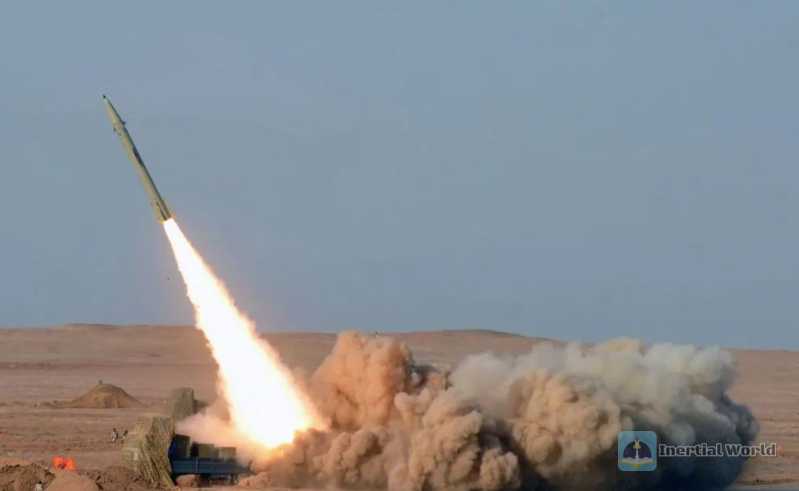
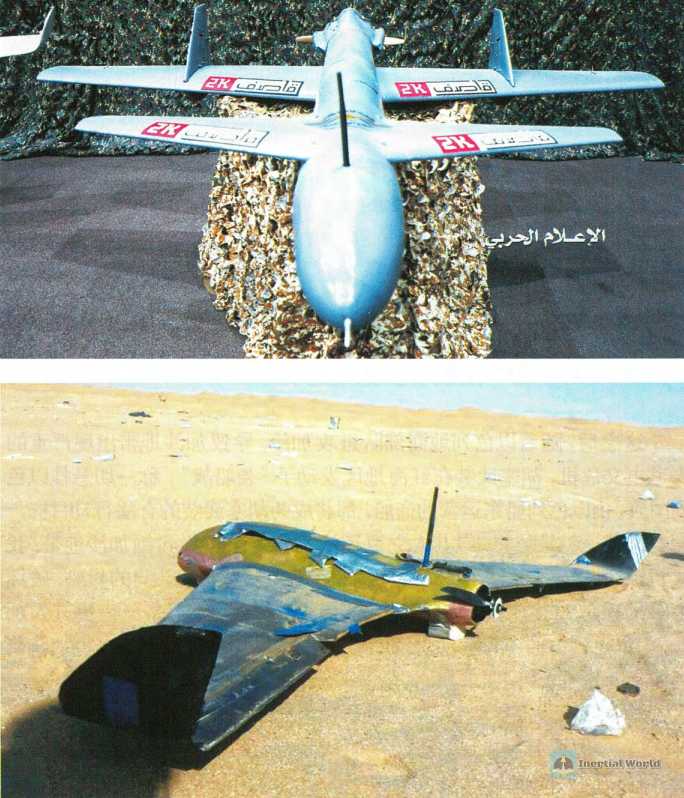
As for the root cause, it has to start with the new round of Palestinian-Israeli conflict that broke out in October last year. After the conflict broke out, in view of the fact that the United States sent an aircraft carrier to the eastern Mediterranean and provided military assistance to Israel, the leader of the Houthi armed forces warned that the Houthi armed forces would respond to the direct intervention of the United States in the new round of Palestinian-Israeli conflict. Subsequently, the Houthis not only used cruise missiles and drones to launch cross-border attacks on Israel, but also publicly acknowledged these attacks.
After that, as Israeli ground forces attacked Gaza, a serious humanitarian crisis occurred in the Gaza Strip. The Houthis launched a "ship attack war" in the Red Sea, claiming that all merchant ships flying the Israeli flag and operated by Israeli shipowners would become legitimate targets of the Houthis. The Houthis’ move is to "treat others in their own way". If you block the Gaza Strip, I will block the Red Sea. If you block the entry of daily necessities into Gaza, I will intercept your import and export cargo ships and destroy your business, thereby forcing Israel to accept the ceasefire in Gaza and ensure the entry of humanitarian supplies into Gaza. However, Israel remained unmoved. It not only sent four frigates to the Red Sea for escort, but also asked the United States, Britain and other countries for help, asking them to send warships to operate in the Red Sea together.
After the Houthis issued the warning, they soon successfully prevented several Israeli-related ships from passing through the Red Sea, including tankers flying the Norwegian flag and commercial ships carrying Indian fuel. In particular, on November 20, the Houthis released a video of boarding and inspecting the ship. Surprisingly, the Houthis chose to use a helicopter to land and carry several special forces soldiers on the "Galaxy Leader" to seize the car transport ship. Then, on November 24, a container ship flying the Maltese flag but owned by an Israeli tycoon was attacked by a Houthi suicide drone in the Persian Gulf, causing damage to the hull. On December 3, three merchant ships allegedly related to Israel were attacked by the Houthis, and one of them was forced to turn. On December 12, a Norwegian merchant ship was attacked, and the Houthis identified the ship as an Israeli oil carrier. On December 14, three merchant ships were attacked by Houthi missiles again. Frequent hijackings and attacks have made the Red Sea route unsafe, and commercial activities in the southern Israeli port of Eilat have almost come to a standstill. Ships heading to the country from Asia or Europe now use routes around Africa, which extends the journey by at least three weeks and is costly. At the same time, international insurance companies led by Western countries have refused to provide marine insurance for Israeli ships transporting goods across the Red Sea, which has dealt a blow to the Israeli economy. The Israeli economy was already sluggish due to the war that lasted for more than three months, and now it has become even worse. Coupled with the heavy losses of the troops, it has to announce the withdrawal of five brigades from the Gaza Strip.
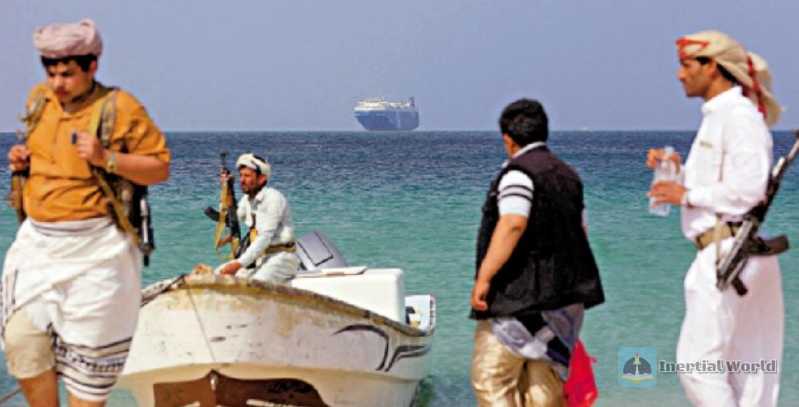
Seeing that Israel was affected, the United States could not sit still, and immediately issued a joint statement with NATO, the European Union and 44 other countries, condemning the Houthis for "threatening international trade and maritime security" and "demanding that the Houthis immediately release the crew and ships of the "Galaxy Leader" and stop attacking merchant ships in the vital waters of the region". It also announced the establishment of a "naval task force" and organized a massive "Prosperity Guardian" Red Sea escort operation, and "issued an ultimatum" to the Houthis to stop the attack. The Houthis responded by declaring that they would retaliate if attacked by the task force.
Seeing that the escort operation could not completely eliminate the concerns of shipping companies, the United States and Britain decided to use military means to solve the problem. After the UN Security Council passed a resolution condemning the Houthi armed forces in Yemen and emphasizing the Red Sea escort on the afternoon of January 11, the United States and Britain obtained the so-called "legal authorization" from the Security Council and immediately launched an air strike against the Houthi armed forces in the early morning of the next day.
Subsequent impact
The British and American air strikes were obviously premeditated. Fighters dropped precision-guided munitions and cruise missiles launched from the surface and platforms to attack the Houthi armed forces’ ballistic missile launchers, drone storage, radar systems, command centers and port settings. The United States and Britain believed that this would weaken the Houthi armed forces’ ability to attack ships in the Red Sea.
Given that the United States has currently deployed a large number of military forces in the Middle East, not only the "Eisenhower" aircraft carrier strike group cruising in the Red Sea, but also the military forces stationed at Al Udeid Air Base in Qatar, Prince Sultan Air Base, Saudi Arabia and the United Arab Emirates, as well as the F-15, F-16 fighter jets, P-8 anti-submarine patrol aircraft and electronic warfare aircraft stationed at the Lemonnier base in Djibouti, the United States can prevent the Houthi armed forces from carrying out large-scale bombings of more than 200 sorties a day.
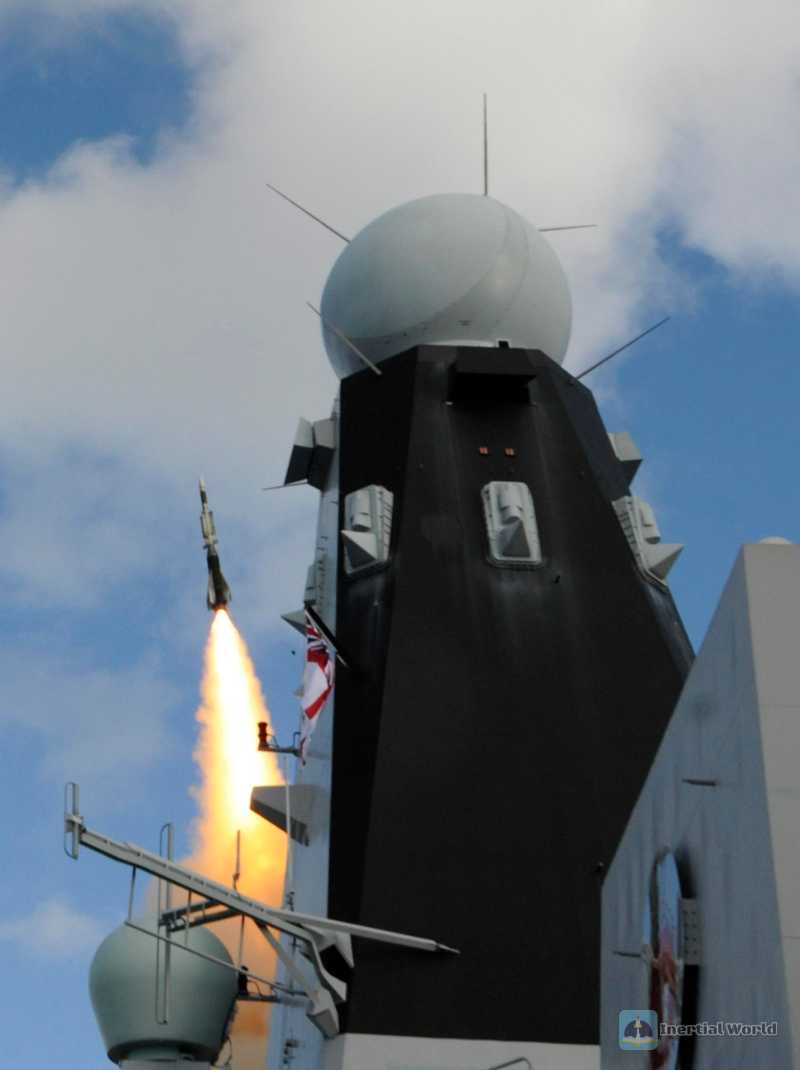
However, the Houthis, as an armed force that has been baptized by long-term actual combat and gradually grown in the civil war, have not only survived the years of military strikes by the Saudi-led multinational coalition, but also used anti-aircraft missiles to attack Saudi F-15 fighters and launched anti-ship missiles to paralyze the HSV-2 high-speed catamaran transport ship. They have eventually developed into a force that can influence the regional situation and will not be severely damaged by several rounds of air strikes by the United States and Britain.
From the perspective of the target selection, attack methods and intensity of the United States and Britain, as well as the domestic political agenda, this action is mainly for deterrence, and there is no plan to further expand the military action. It is estimated that the United States and Britain also understand that it is difficult to eliminate armed forces such as the Houthis through air strikes. Even if ground troops are deployed, it will only be another protracted security war and is meaningless. However, the possibility of escalation of the conflict between the two sides cannot be ruled out. The Houthis have a large stockpile of weapons and ammunition and have the ability to continue to launch attacks in the Red Sea.
In addition, the United States and Britain’s attack on the Houthis is ostensibly a retaliation for the Houthis’ attack on Israeli-related ships in the waters near Yemen, “escorting international navigation safety” and forcing the Houthis to “restrain”. But behind this military strike, there is also a purpose hidden by the United States and Britain, that is, “knocking the mountain and shocking the tiger”. The “mountain” to be knocked is the Houthis, and the “tiger” to be deterred is Iran, which the United States accuses of providing military and political support to the Houthis. After a merchant ship was attacked by Houthi armed forces in the Red Sea, the United States publicly stated that Iran "should be held responsible for these attacks" due to its close relationship with the Houthi armed forces.
In any case, the US and UK air strikes on the Houthi armed forces in Yemen have caused turmoil and tension in the regional situation, exacerbated regional tensions, brought uncertainty and risks to the Middle East, which already has a series of disputes, and may trigger more extensive military conflicts, further undermining the stability and development of the region.


